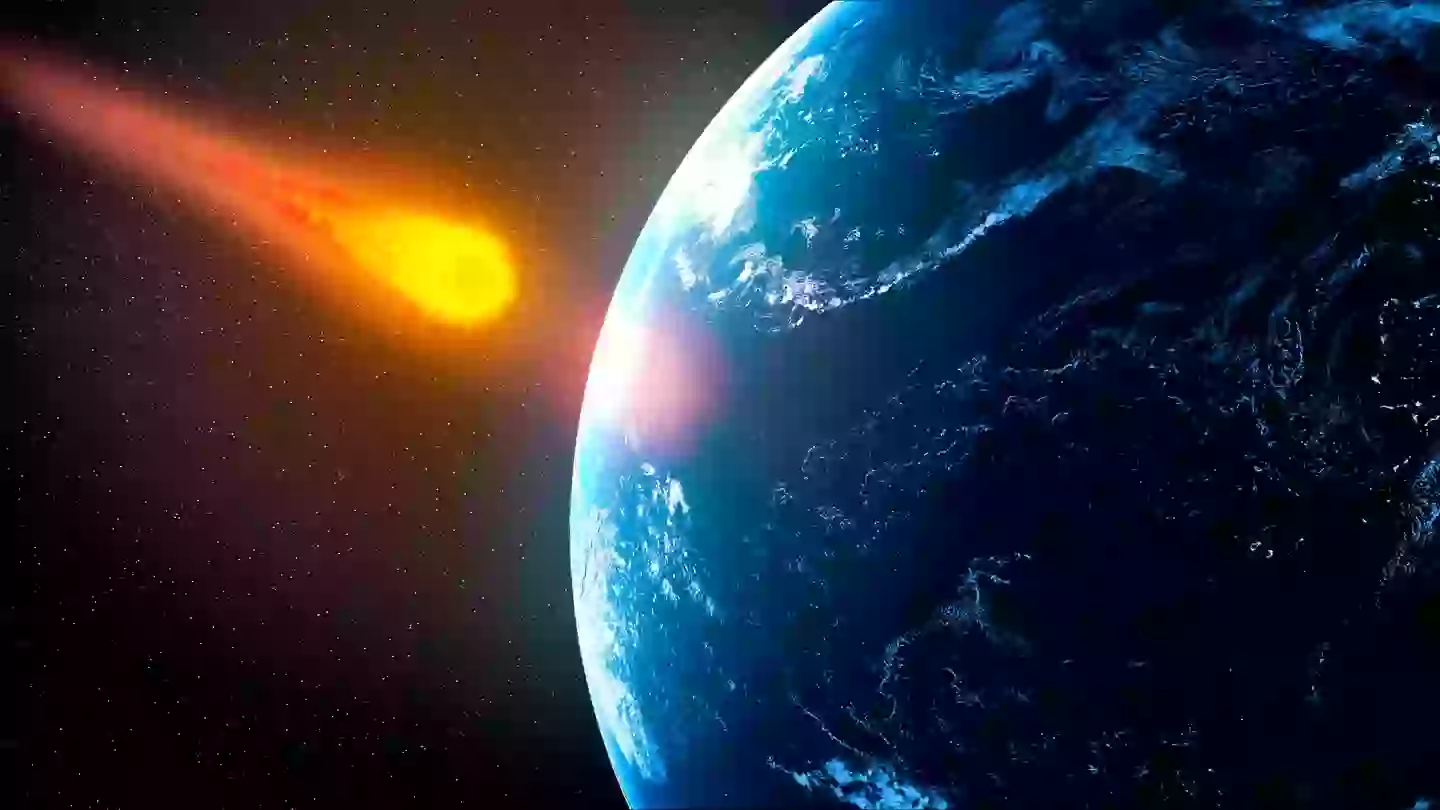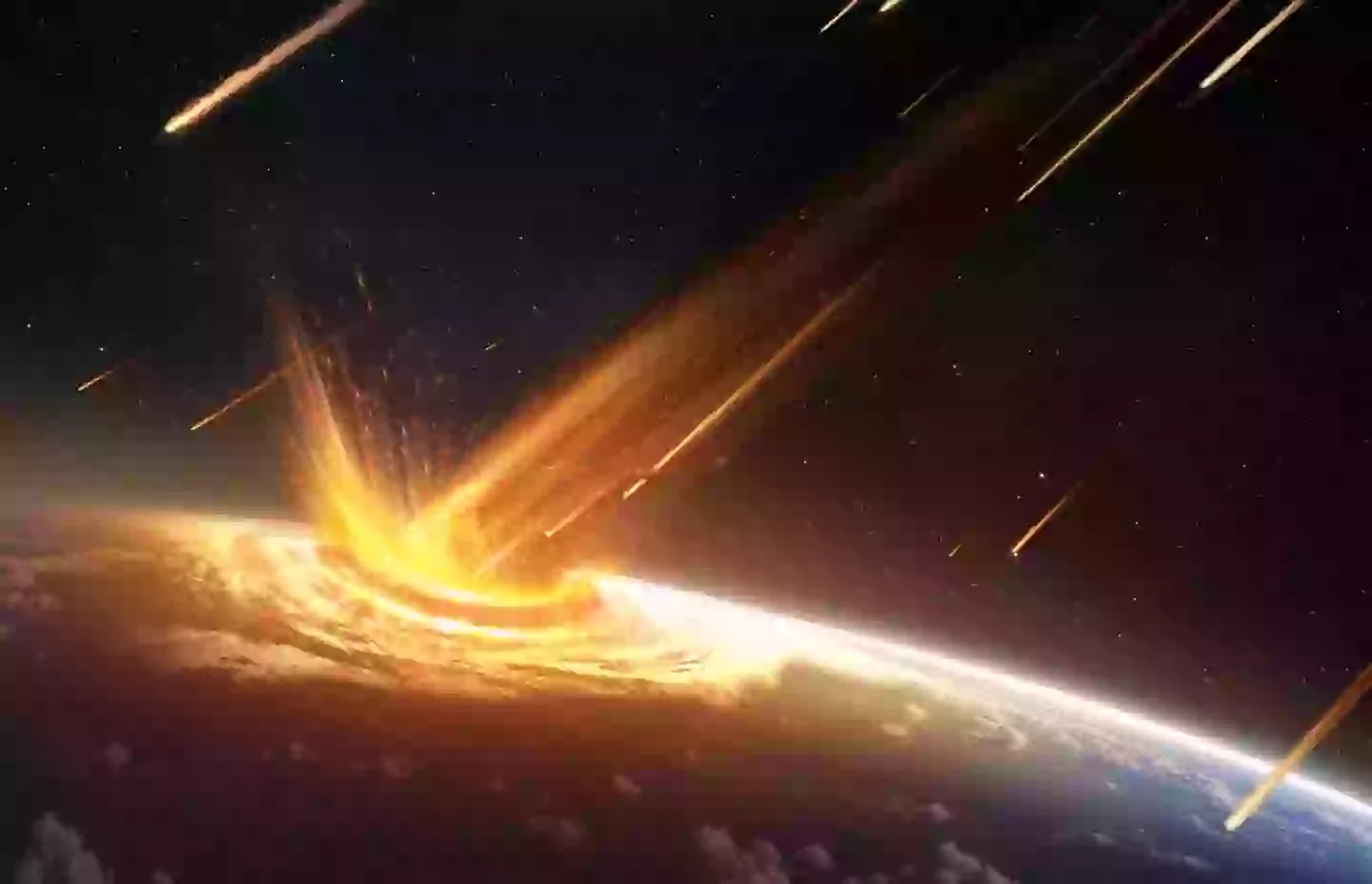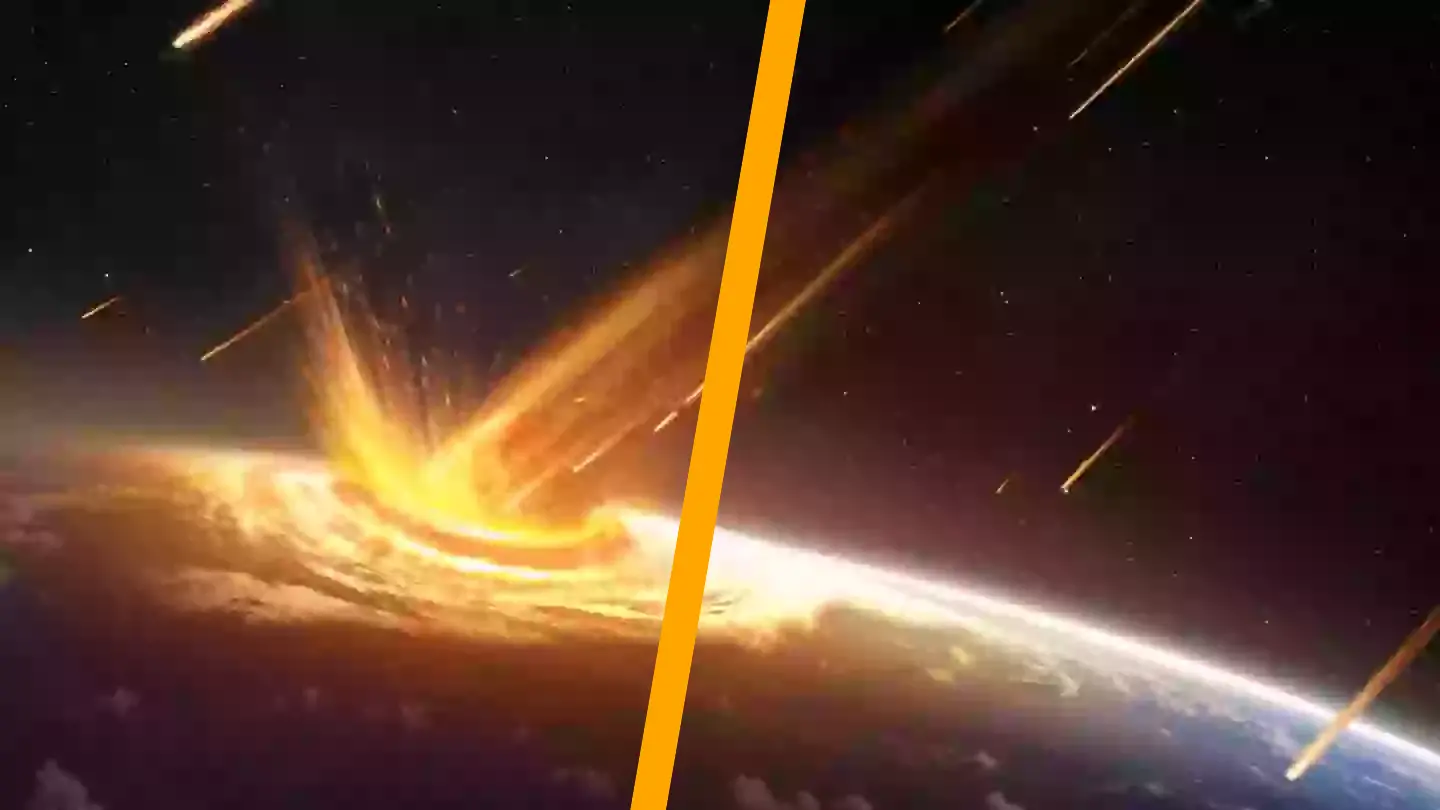A colossal asteroid, potentially catastrophic for Earth, has had its potential collision trajectory disclosed.
Frequently, we hear about celestial threats to our planet, but this particular one ranks among the most daunting.
Reports indicate that the asteroid, named ‘2024 YR4’, is approximately the size of the Statue of Liberty, making it an object to be wary of.
The asteroid was first detected in December, and scientist Dr. Robin George Andrews has raised concerns about possible missteps in efforts to avert its impact.
Dr. Andrews cautions that using rockets to alter the asteroid’s path could inadvertently lead to disastrous consequences.

On X, he mentioned the Double Asteroid Redirection Test (DART), which was the first mission aimed at demonstrating asteroid deflection by altering its movement in space through kinetic impact.
Although the mission succeeded, Dr. Andrews noted that “it doesn’t mean we can use kinetic impactors like it to deflect any asteroid whenever we want.”
“Nobody wants to accidentally ‘disrupt’ an asteroid, because those components can still head for Earth. As I often say, it’s like turning a cannonball into a shotgun spray,” Andrews elaborated.
“But we aren’t going to see it again until another Earth flyby in 2028. So much could go wrong if we try and hit it with something like DART,” he added.
“The asteroid might be smaller or larger than expected. If it’s too big, a single spacecraft might not deflect it. Multiple precise hits might be necessary, all without breaking it catastrophically.”
He further explained, “With only a few years to act, we might deflect it — but not enough to avoid Earth entirely. It could still hit the planet, just in a different location than initially projected.”

“There’s a chance we could successfully deflect 2024 YR4 in 2028 using a massive spacecraft. Alternatively, breaking a taboo, we might consider a nuclear warhead for deflection, offering more impact than DART,” he suggested.
Instead, he recommended evacuation as a precautionary measure.
David Rankin, an engineer with NASA’s Catalina Sky Survey Project, has outlined a ‘risk corridor’, forecasting the possible collision path across northern South America, the Pacific Ocean, southern Asia, the Arabian Sea, and Africa.
This path suggests that regions like India, Pakistan, Bangladesh, Ethiopia, Sudan, Nigeria, Venezuela, Colombia, and Ecuador could face significant impact.
Astronomers predict that 2024 YR4 would result in a mid-air explosion upon collision, equating to the energy of around 8 million tons of TNT, impacting a 50-kilometer radius.
NASA has tasked an international team of astronomers to utilize the James Webb Space Telescope for better insight into the asteroid’s dimensions.
This will help assess the potential damage it could cause upon impact.
Disturbingly, NASA forecasts a collision with Earth in 2032, estimating a one-in-43 chance of this occurring.

